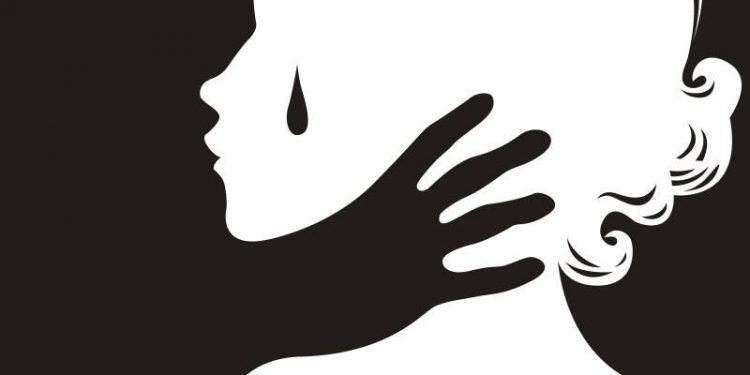Bhubaneswar: The deteriorating condition of women safety in Odisha have led to activists urging the state government for constitutional, legislative and administrative reforms based on CEDAW (Convention on Elimination of All Forms of Discrimination Against Women) recommendations by the United Nations (UN).
In a workshop—organised by the Shramajeebee Manch and Mahila Shramajeebee Manch, Odisha, held here, Saturday— the women leaders and activists discussed ways to eliminate discrimination against women as well as prevent and address gender-based violence against them.
“Orthodox and brutish male-dominated family systems, and the tradition of patriarchal inheritance have shored up the idea that women are mere ‘possessions’. All forms of violence against women must be stopped and collective actions to abate this are the need of the hour”, said Shanti Bhoi, President, Mahila Shramajeebi Manch.
As per the data released by National Crime Record Bureau report (NCRB), 2017, while Odisha contributes to only about 3% of India’s population, it had a share of 5.6% of all crime against women during the same period. With 94.5 cases of crime against women per lakh people, it ranks as the second-worst state in the country on this front.
The CEDAW is an international treaty adopted in 1979, by the United Nations General Assembly which has been ratified by 189 countries across the world. Described as an international bill of rights for women, the treaty mentions about 30 articles to eliminate discrimination against women in the field of health care in order to ensure, on a basis of equality of men and women.
However, data from the National Family Health Survey (NFHS) shows a grim picture of the state of women in Odisha. The survey says, between 2012 and 2018, the incidence of rape cases in Odisha increased from 7.2 per lakh women to 9.7 per lakh women. In the six years from 2012, 2,921 women have been killed for dowry-related issues in the state.
Furthermore, the data further disclose that the female literacy rate in the state is 67.4%. By the time girls turn 15, their school attendance drops to 63%. Therefore, the state government must prioritize efforts to ensure an equitable and a rightful place for girls and women of our state.







































